After meeting up with all of the participants and being introduced to our guide, Tony Everitt, director of Hike Hakone Hachiri at the Odawara Station, we traveled by car to the Hakone Amasake Chaya. This famous tea house was established in the Early Edo era (16th century) and is now run by Mr. Yamamoto, the thirteen generation to do so.
We enjoyed amasake, a sweet non-alcoholic beverage and chikara-mochi.
Mr. Yamamoto sat down and talked with us for a few minutes about the history of the tea house. Back in the Edo Era, when people had to travel to Edo (now Tokyo) there were four tea houses for the weary travelers to stop. They had to pass through checkpoints on the Tokaido Road to make sure they weren’t carrying weapons to Edo, or taking women out of Edo. Amazingly, Mr. Yamato’s ancestors kept the tea house running after the Edo era, even when there might be only one or two travelers a week. Now this is a famous place for tourists to stop for refreshments.
Isn’t this thatched roof great?
Next, we briefly visited a small free museum, then began walking the Old Tokaido Road.
This is our knowledgeable guide Tony, originally from New Zealand, who explained everything and tried to keep us on schedule. We were so fortunate!
Tony explained about the small stone signs, which described the hill.
This fish stone had a song carved into it and Tony sang it for us.
Next, we were out of the woods and on to Hakone Shrine.
The Hakone Shrine, founded in 757 CE, enshrines multiple Shinto deities:Ninigi-no-Mikoto, grandson of Amaterasu and the god of prosperity, Konohanasakuya-hime, the goddess of Mount Fuji and Hoori-no-Mikoto, a many-storied deity. They are collectively known as the Hakone Ōkami. The shrine is believed to bring good luck, ward off misfortune, fulfill wishes, provide protection for victories, ensure safe travel, and assist with matchmaking.
Minamoto no Yoritomo took refuge here after losing his first battle of the Gempei War at Ishibashiyama. His prayers for success were answered and he continued to worship at Hakone Shrine the rest of his life.
Minamoto no Yoritomo took refuge here after losing his first battle of the Gempei War at Ishibashiyama. His prayers for success were answered and he continued to worship at Hakone Shrine the rest of his life.




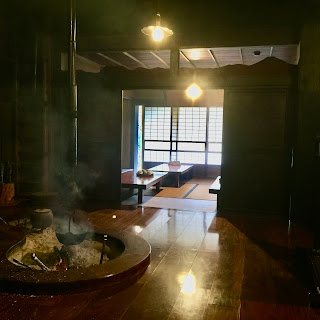


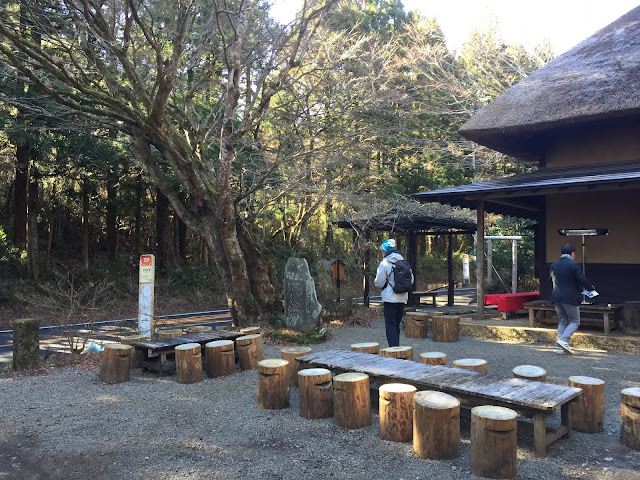























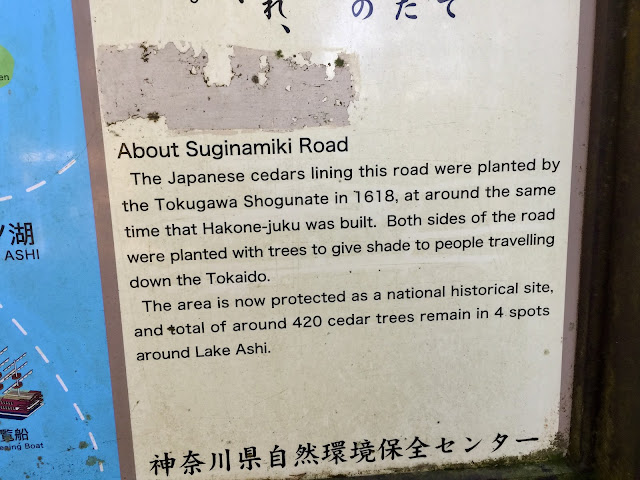


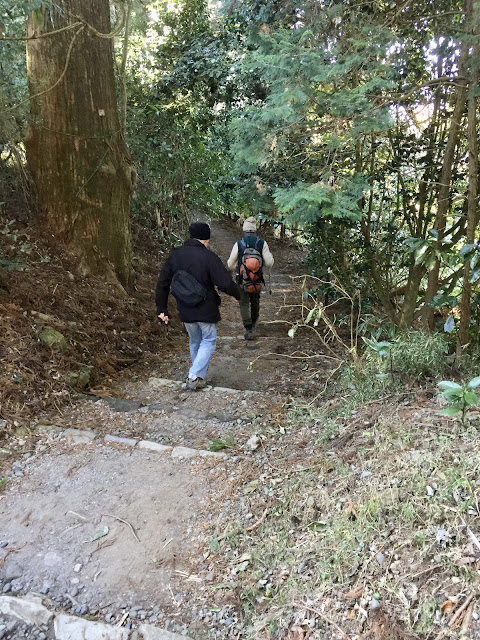









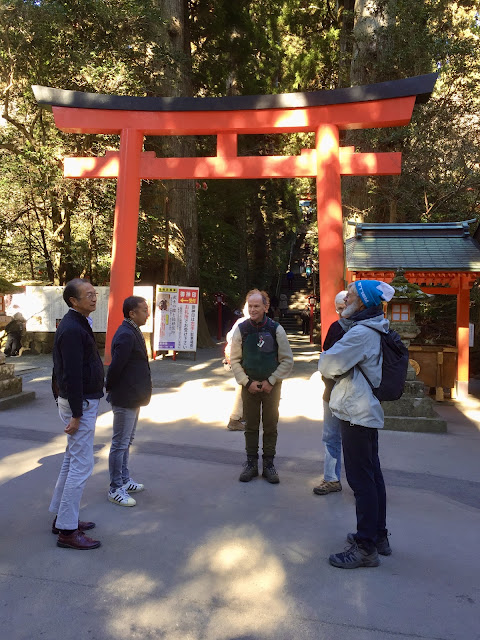

























4 comments:
The hill looks demanding with those stones but so very beautiful. And so, too, is the shrine. The museum looks lovely. The place you met and ate at the beginning reminds me of a spot near Yamagata or Yamadera we lunched at. Such memories your post brings back, though this spot is new to me. Can't wait for the next installment!
What a fantastic tour. It really must have been like travelling back in time. Thank you for taking so many photos; I feel as if I was walking alongside you!
These places all radiate history and tradition. And the dedication it must have taken to keep that tea house running for so long! I'm glad tours like this support such long running businesses.
First of all, you visited from Hakone.
Tony's guide is wonderful. The teahouse is very wonderful. I learned that HAKONE 's checkpoints are very strict, and walking in the mountains is very different. I remembered what I learned while looking at the photos you shared.
Post a Comment